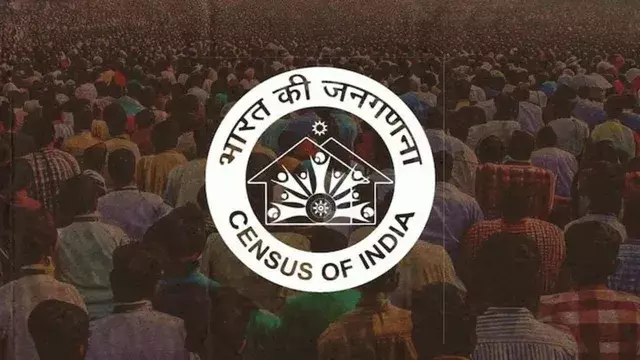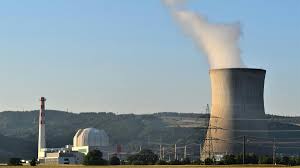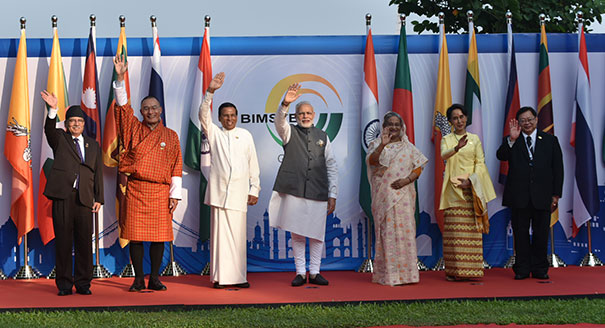- Courses
- GS Full Course 1 Year
- GS Full Course 2 Year
- GS Full Course 3 Year
- GS Full Course Till Selection
- Answer Alpha: Mains 2025 Mentorship
- MEP (Mains Enrichment Programme) Data, Facts
- Essay Target – 150+ Marks
- Online Program
- GS Recorded Course
- Polity
- Geography
- Economy
- Ancient, Medieval and Art & Culture AMAC
- Modern India, Post Independence & World History
- Environment
- Governance
- Science & Technology
- International Relations and Internal Security
- Disaster Management
- Ethics
- NCERT Current Affairs
- Indian Society and Social Issue
- NCERT- Science and Technology
- NCERT - Geography
- NCERT - Ancient History
- NCERT- World History
- NCERT Modern History
- CSAT
- 5 LAYERED ARJUNA Mentorship
- Public Administration Optional
- ABOUT US
- OUR TOPPERS
- TEST SERIES
- FREE STUDY MATERIAL
- VIDEOS
- CONTACT US
Unlocking Economic Insights Beyond GDP: Understanding ICOR
Unlocking Economic Insights Beyond GDP: Understanding ICOR

Latest Context:
Recently, India's GDP data showing a robust 7.8% growth in the April to June quarter of 2023.
Introduction: Beyond GDP Growth
India's recent GDP data showing a robust 7.8% growth in the April to June quarter of 2023 has caught the world's attention, reaffirming its status as one of the fastest-growing major economies globally. However, the story of India's economy goes beyond these numbers. Incremental Capital Output Ratio (ICOR) is gaining prominence as an indicator shedding light on capital efficiency and resource allocation.
Understanding GDP and ICOR
- GDP - A Standard Measure: GDP, or Gross Domestic Product, is a widely used gauge of economic performance. It calculates the total value of goods and services produced within a country during a specific time frame.
- GDP's Limitations: While GDP has its merits, it doesn't provide a complete picture of economic well-being. It ignores crucial factors like efficiency, income distribution, and the quality of institutions, which are vital for sustainable growth. Simply increasing investment can inflate GDP, but genuine and lasting growth depends on improving productivity.
- ICOR: ICOR, which stands for Incremental Capital Output Ratio, has its roots in the Harrod-Domar Growth Theory. It analyses the connection between new investments and economic growth, indicating how much additional capital is needed to generate a 1% increase in output. A lower ICOR implies more efficient and productive use of capital.
- Declining ICOR in India: India is currently witnessing a trend of rising savings and investments, accompanied by a simultaneous decrease in ICOR. As of FY22, India's ICOR stands at 3.5, a significant improvement from the 7.5 it was in FY12.

Factors Driving the Decline in ICOR
- Economic and Technical Innovation: India has become a hub for innovation that prioritizes cost-effectiveness, requiring minimal capital investment. For instance, Tata Motors introduced the Nano car, a budget-friendly option that showcased how frugal innovation can lead to lower ICORs.
- Economic Diversification: India's shift towards a services-oriented and tech-driven economy reduces the capital required for economic activities. IT and software development, for instance, demand less capital per unit of output than traditional manufacturing.
- Decentralized Manufacturing: Technologies like 3D printing have enabled decentralized and distributed manufacturing, reducing the need for massive capital investments in centralized factories. India's first 3D-printed post office in Bengaluru is an example.
- AI and Machine Learning Integration: Artificial Intelligence (AI) and Machine Learning (ML) are enhancing efficiency and productivity across various sectors. They reduce the reliance on costly equipment in healthcare, decrease downtime in manufacturing, and improve resource utilization in agriculture.
Limitations of ICOR as an Indicator
- Informal Economy: India's vast informal economy operates beyond formal data collection, making it challenging to accurately incorporate its impact on ICOR.
- Price Distortions: Inflation or deflation can distort the relationship between investment and output in ICOR calculations, leading to misleading results.
- Infrastructure Challenges: Despite a decreasing ICOR, India faces infrastructure bottlenecks that may hinder overall economic efficiency.
- Regional Disparities: Regional variations in India can affect ICOR interpretation. Some regions may benefit from efficient capital use, while others may lag behind.
- Natural Resource Depletion: ICOR may not reflect the depletion of natural resources, potentially posing sustainability challenges.
Improving ICOR Analysis
- Regional and Sectoral Assessment: Conducting regional and sector-specific ICOR assessments for more targeted policy-making.
- Blockchain for Data Transparency: Implementing blockchain technology to ensure transparent and tamper-proof data recording to enhance data accuracy and reliability.
- Public-Private Collaboration: Promoting collaboration between the public and private sectors to address capital allocation inefficiencies effectively. Public-private partnerships can leverage resources, expertise, and innovation for more efficient infrastructure and development projects.
Conclusion: ICOR's Role in Economic Insights
While GDP provides a standard measure of economic activity, ICOR offers a more detailed view by focusing on how efficiently capital is used for growth. As India's ICOR continues to improve, it reflects not only economic progress but also the nation's adaptability, innovation, and potential for sustainable development.
Q. What is the primary purpose of Incremental Capital Output Ratio (ICOR) as discussed in the provided information?
A) To measure the overall size of an economy
B) To determine the rate of inflation in a country
C) To assess the efficiency of capital utilization in economic growth
D) To calculate the percentage of government spending in GDP
Correct Answer: C) To assess the efficiency of capital utilization in economic growth



